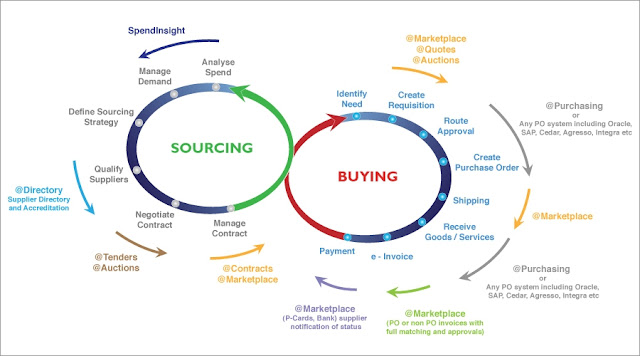What is PLM, or Product Life Cycle Management? Good question and one
we should define before we help you: decide if you need it, explain how
it can help you and figure out what parts of it you need - or don't
need. Product Lifecycle Management can be interpreted in numerous ways.
Leading authorities provide their own interpretation of PLM, a variety
of which are listed below:
"PLM is a strategic business approach that applies a consistent
set of business solutions in support of the collaborative creation,
management, dissemination, and use of product definition information
across the extended enterprise, and spanning from product concept to end
of life-integrating people, processes, business systems, and
information. PLM forms the product information backbone for a company
and its extended enterprise."
Source: CIMdata
"Product life cycle management or PLM is an all-encompassing
approach for innovation, new product development and introduction (NPDI)
and product information management from ideation to end of life. PLM
Systems as an enabling technology for PLM integrate people, data,
processes, and business systems and provide a product information
backbone for companies and their extended enterprise."
Source: PLM Technology Guide
"The core of PLM (product life cycle management) is in the
creations and central management of all product data and the technology
used to access this information and knowledge. PLM as a discipline
emerged from tools such as CAD, CAM and PDM, but can be viewed as the
integration of these tools with methods, people and the processes
through all stages of a product's life."
Source: Wikipedia article on Product Lifecycle Management
"Product life cycle management is the process of managing
product-related design, production and maintenance information. PLM may
also serve as the central repository for secondary information, such as
vendor application notes, catalogs, customer feedback, marketing plans,
archived project schedules, and other information acquired over the
product's life."
Source: Product Lifecycle Management
"It is important to note that PLM is not a definition of a piece,
or pieces, of technology. It is a definition of a business approach to
solving the problem of managing the complete set of product definition
information-creating that information, managing it through its life, and
disseminating and using it throughout the lifecycle of the product. PLM
is not just a technology, but is an approach in which processes are as
important, or more important than data."
Source: CIMdata
"PLM or Product Life cycle Management is a process or system used
to manage the data and design process associated with the life of a
product from its conception and envisioning through its manufacture, to
its retirement and disposal. PLM manages data, people, business
processes, manufacturing processes, and anything else pertaining to a
product. A PLM system acts as a central information hub for everyone
associated with a given product, so a well-managed PLM system can
streamline product development and facilitate easier communication among
those working on/with a product.
Source: Aras




















